With 320
Million iPods, 135 Million iPhones, 35 Million iPads and counting, Steve
Jobs is a man who is least likely to be forgotten for generations. The
world lost a visionary, a genius on October 5th, 2011; the founder of the greatest companies; Apple, NeXT and Pixar.
Last week has been the saddest week in
the tech. world and even more for the most valuable company in the
world, Apple announced Jobs’ death, saying, “Apple has lost a
visionary and creative genius, and the world has lost an amazing human
being. Those of us who have been fortunate enough to know and work with
Steve have lost a dear friend and an inspiring mentor. Steve leaves
behind a company that only he could have built, and his spirit will
forever be the foundation of Apple.”
Steve Jobs died at the age of 56, he had
been suffering from pancreatic cancer. His death was widely grieved and
his absence will be felt by people all across the globe, and even more
by the fruit company. Following are Apple’s accomplishments with the
greatest innovator our time has seen.
1. Apple Computers
In 1975, Steve Jobs along with
co-founder and engineer Steve Wozniak started assembly of Apple I, under
the supervision of industry vet Ronald Wayne. Just a year later on
April 1, 1976, they laid the foundations of Apple Inc., a company that
none knew then would revolutionize the tech. world.
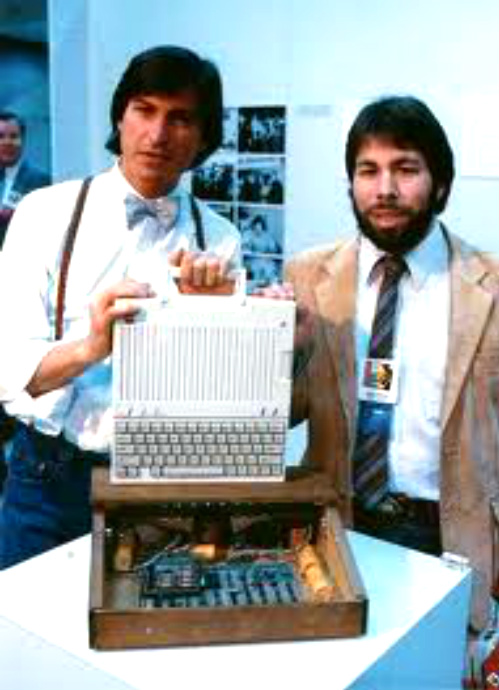
The first computer, the Apple I was
released a year later 1976 was a little more than a circuit board and
was sold for $666.66. The Apple I was a major attraction to the DIY
hackers of the time since it came without a keyboard, monitor and even a
power supply. The first Apple computer was released at the Homebrew
Computer Club. With only 200 computers produced, Apple I was showcased
at the Personal Computing Festival.
Apple Inc. hit the jackpot through the
production of the first mass-market personal computer, the Apple II in
1977. The computer became a huge success in the US and came as a fully
dressed desktop with a handsome case. The Apple II had a slimmer version
released in 1984, which was friendlier and aesthetically appealing,
looking equally attractive at homes and in the office.
2. Macintosh
Launched on January 24, 1984, at the
Apple’s annual shareholder meeting. The fruit company became the
pioneers of modern computers by integrating two things that are now
common, a graphical user interface (GUI) and a mouse with one button.
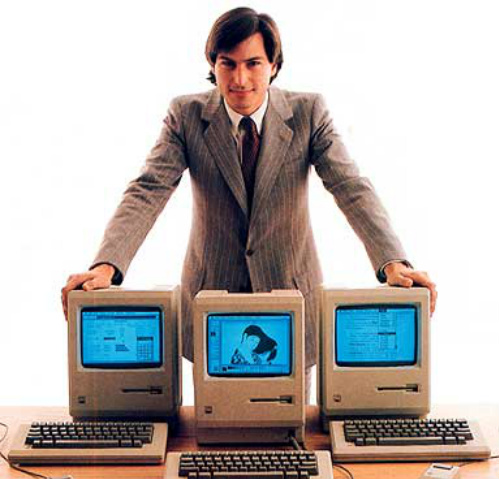
Steve Jobs was truly a visionary when he
took over the Macintosh project and launched it with a massive media
campaign with a minute long TV commercial that seems more amazing now
than ever.
3. LaserWriter
It wasn’t the first desktop laser
printer to hit the market, but the LaserWriter was created for the
Macintosh in 1985. The $7,000 USD machine was bigger than your average
microwave. The LaserWriter could even print out newspapers if connected
to the desktop and primarily used the PostScript language giving users
an edge over the page layout, text options and graphics
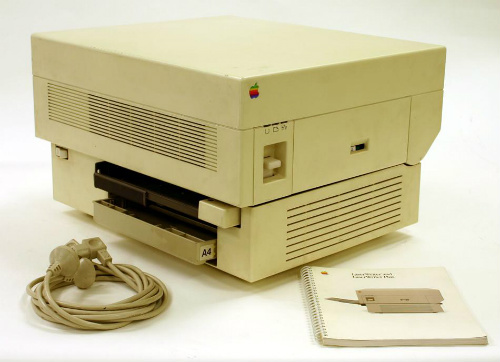
The LaserWriter was launched on the same day as the application that brought it down, the Aldus PageMaker.
4. iMac
Steve Jobs resigned from Apple in 1985
and created NeXT and Pixar, and came back to Apple in 1997. He marked
his return with the release of the new revolutionary Mac, the iMac on
May 6, 1998. The new refined desktop PC kicked the previous PC box out
of the market. The colored desktop spread the technology market like a
wildfire.
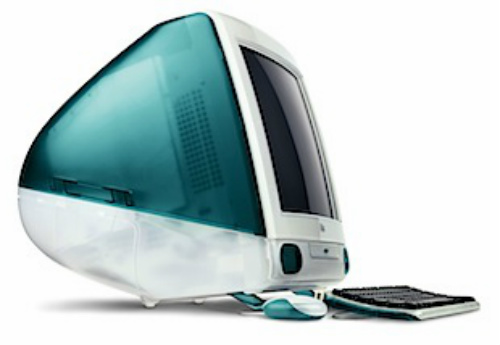
The iMac used the updated technology and
became a laudable successor of the original Macintosh desktop
computers. The iMac’s all-in-one design is still used by iMac and is
still copied by other PC manufacturing companies.
5. Power Mac G4 Cube
Steve Jobs had first carried out his
dream, designing this cube-shaped computer at NeXT. Although that failed
at NeXT, Jobs accomplished his dream at Apple. On January 5, 1999, he
introduced the new Power Mac G3 and the color iMacs at Macworld San
Francisco.
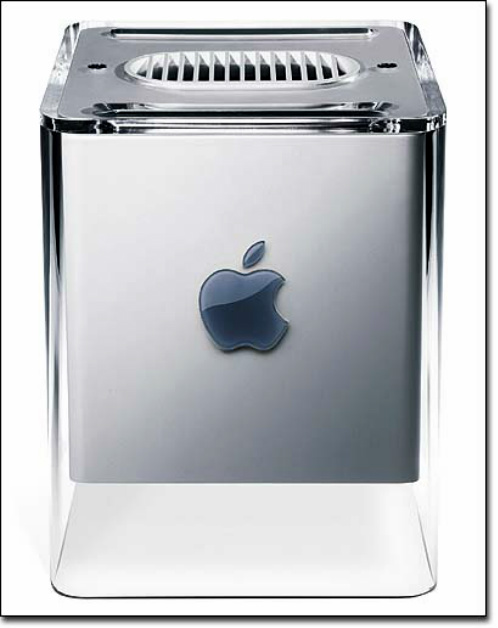
Jobs worked with Apple designer Jonathan
Ive to shape the new Power Mac line. In 2000, they finally managed to
achieve an eight inch acrylic cube but the Power Mac G4 Cube failed. The
$1,800 disk drive had multiple problems along with the case developed
stress cracking easily. The Power Mac G4 Cube was discontinued a year
later.
6. iPod
Released in 2001, the $400 USD MP3
player came out creating a new era of digital music players. With a 5 GB
hard drive, the early iPod had one slight problem – it wasn’t
synchronized with the Windows machines. The problem was later fixed.
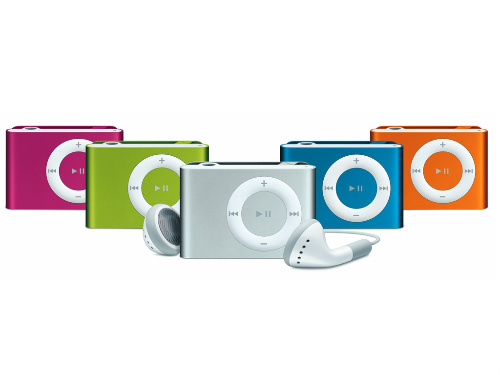
Steve Jobs unveiled the first Windows
compatible iPod on July 17, 2002. The iPod paved a new path to the way
we bought and listened to our music. The gadget with its compact size
and a large music store has, till now, evolved in various colors and
models, and has dominated the sales in US.
7. Mac OS X 10.0
In 2001, Steve Jobs ordered a more
refined form of the Mac operating system and eventually on March 24,
2001, Mac OS X was released with a retail price of $129 and version
number 10.0. Jobs promised the newer version 10.0 of the Mac OS as a
true “next generation” OS.
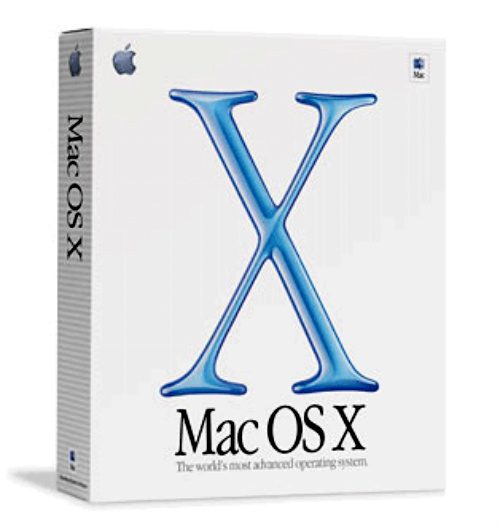
It would be an understatement of the
century to say that Mac OS X was eagerly awaited by users. Apple had
been trying to come up with the perfect successor to the previous
classic version of the Mac OS for 15 years prior its release.
8. Intel MacBook Pro
In 2005, Jobs announced that Apple will
be switching from PowerPc processors to the Intel processors in the
future Macs. In 2006, Steve Jobs introduced the first two Macs at
MacWorld – the iMac and the MacBook Pro. So the first MacBook in the
series was the Intel MacBook Pro released in January 10, 2006.
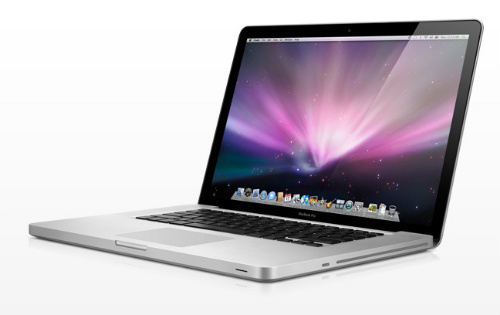
The transformation to Intel’s Core Duo Chips
showed drastic improvements in the Macs, especially in the MacBooks.
Sales soared as the clocking speed of the Mac improved.In 2008, Apple
came up with their MacBook Air known to be as the “world’s thinnest
notebook”.
9. iPhone
The first iPhone was showcased at the
MacWorld 2007, where Jobs announced the three products Apple would
release the following year, “A widescreen iPod with touch
controls, a revolutionary mobile phone and a breakthrough internet
communications device. An iPod, a phone and an internet communicator.”
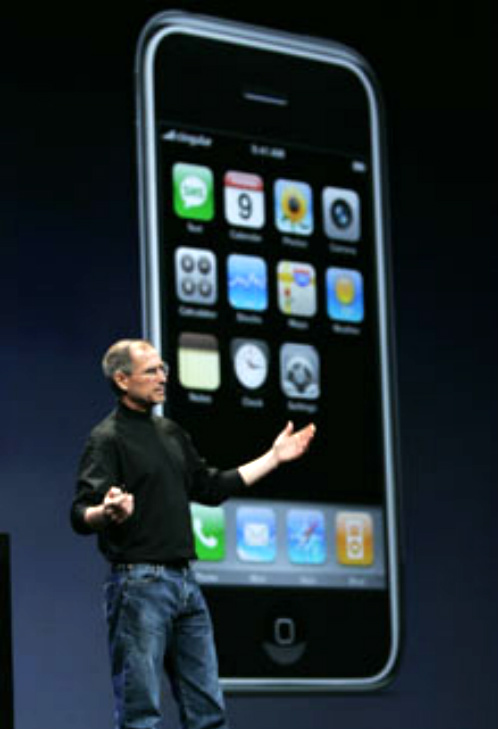
The first smartphone by Apple went on
sale on July 29, 2007 for $499 USD with an AT&T contract. The secret
to the massive success of the iPhone was its touch-screen. With the
coming year Apple has rolled out with many advanced versions of the
iPhone. The latest being the iPhone 4S, which was launched just a day
before Steve Jobs’ death.
Since the release of the first Apple iPhone in June 2007, Apple has sold nearly 100 million iPhones so far.
10. iPad
The much anticipated tablet by Apple was
unveiled on January 27, 2010. The Apple iPad became the pioneer of the
other tablet computers, a device many people scoffed at saying that only
early adopters would own it. Apple proved them all wrong.
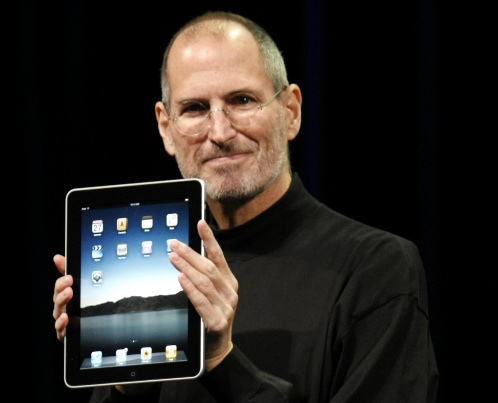
When the iPad was presented by Steve Jobs, he called it a “magical device”. The iPad proved at the critics wrong when the sales went up and many Apple outlets went short on the device.
Even with all the competitors coming up
with their own tablets, the iPad has still managed to stay on top
becoming the most popular tablet in the world. In 2010 only, Apple sold
up to 15 million iPad units.
| Follow @GNewspaper |
